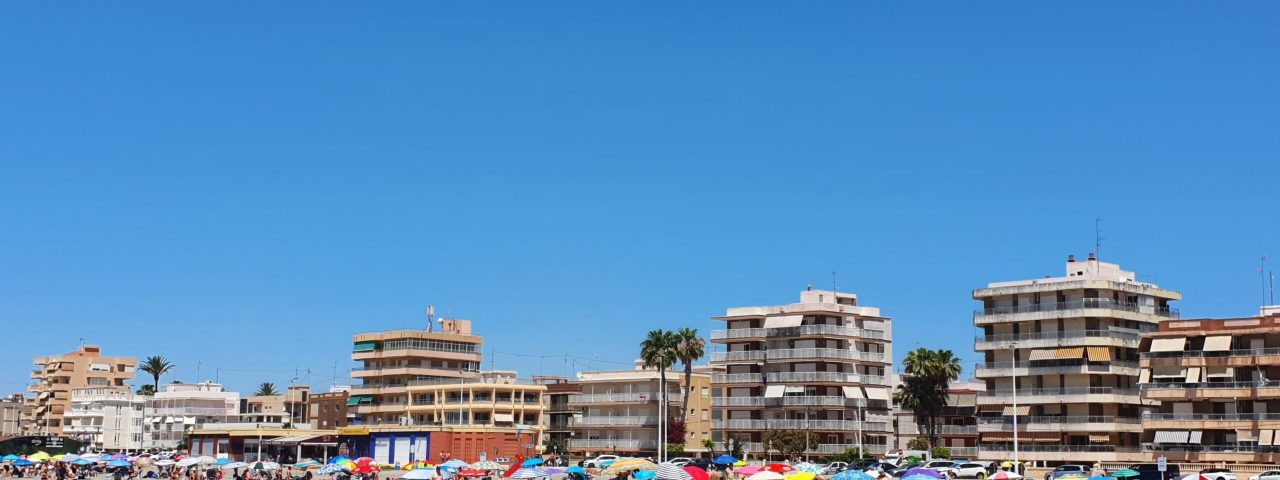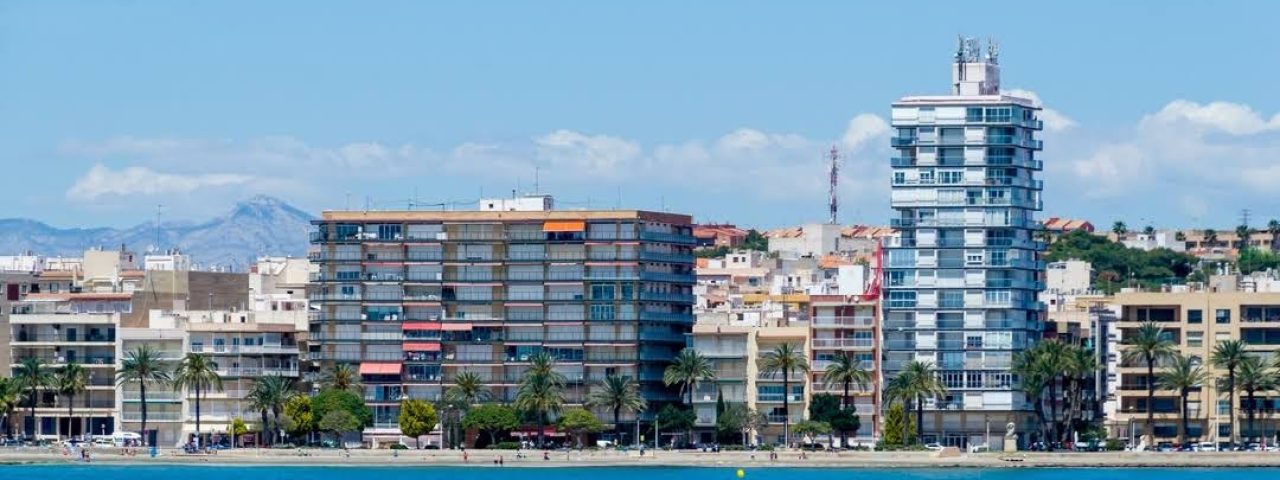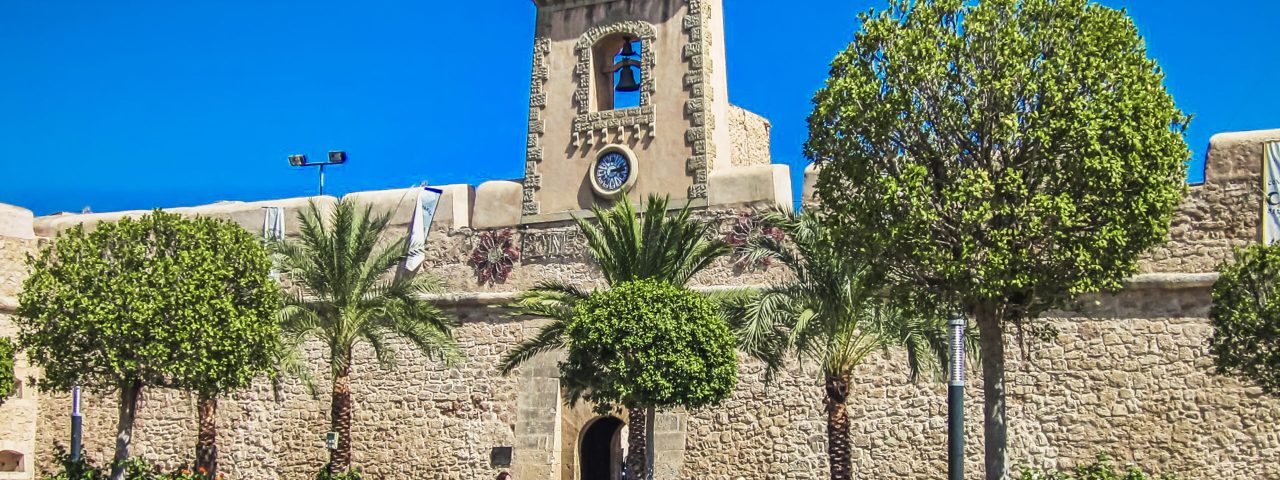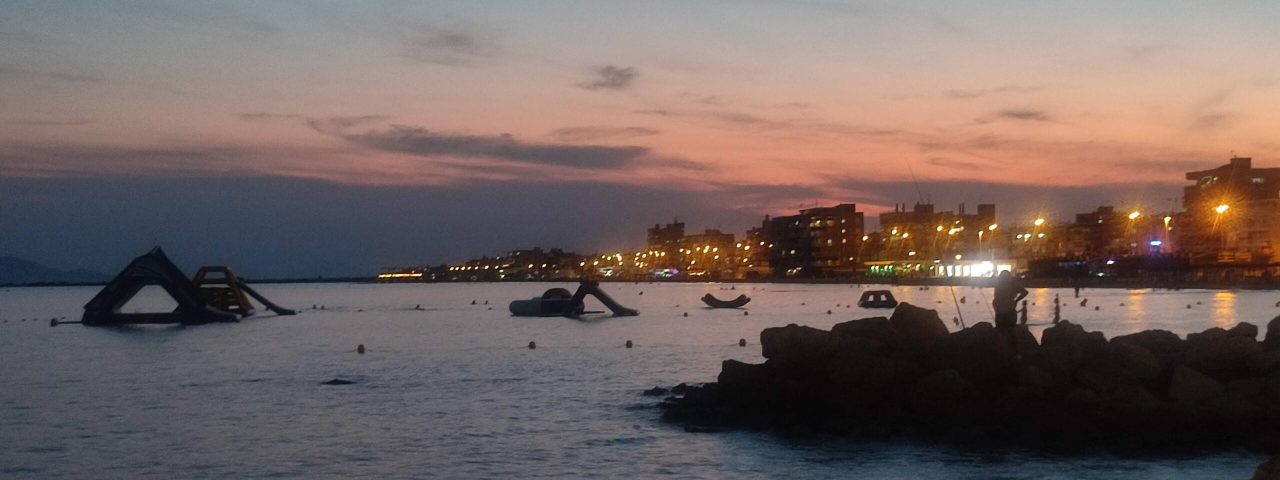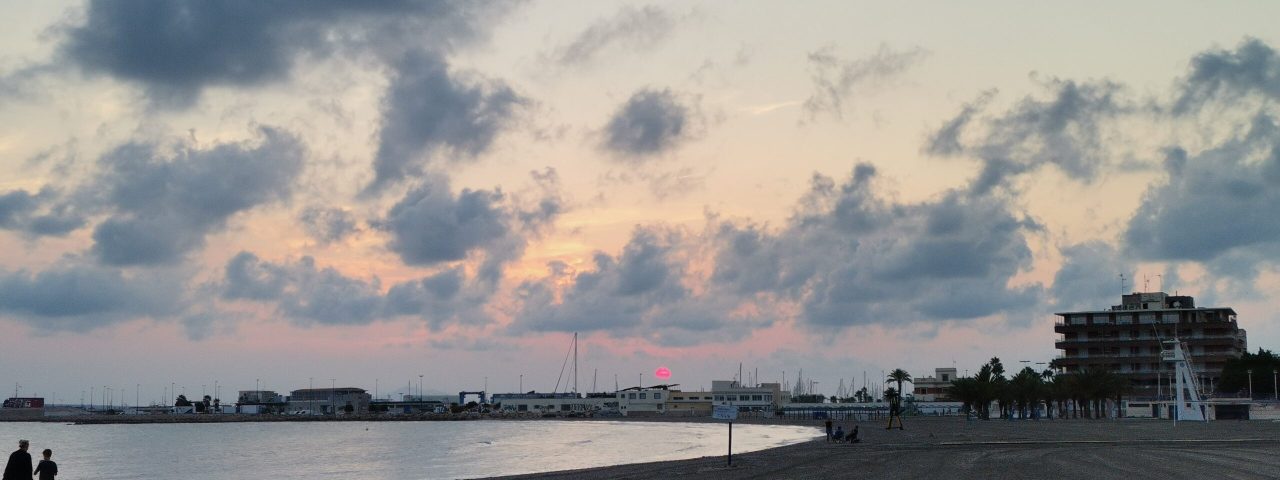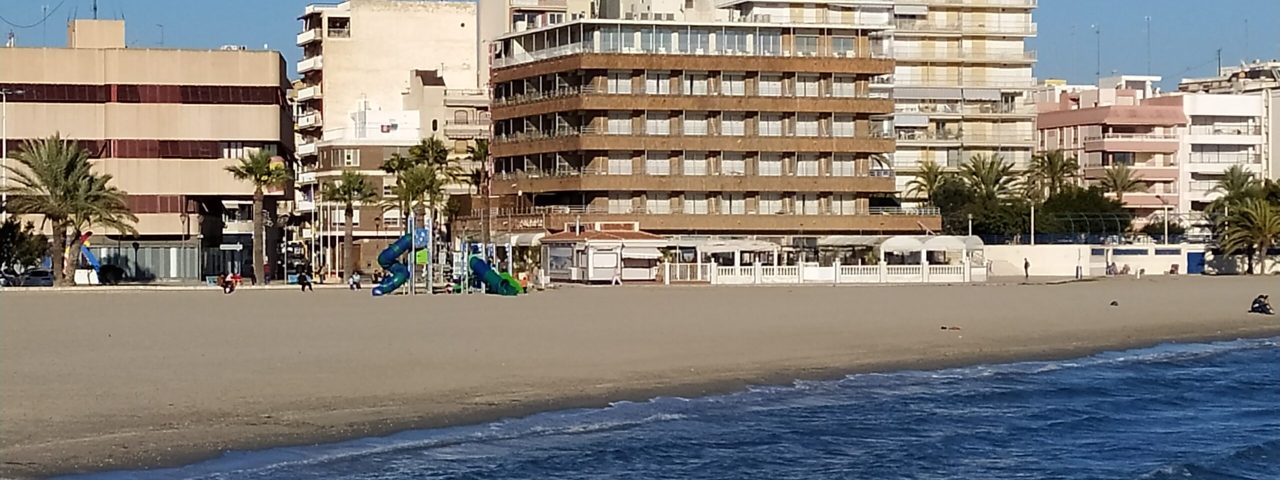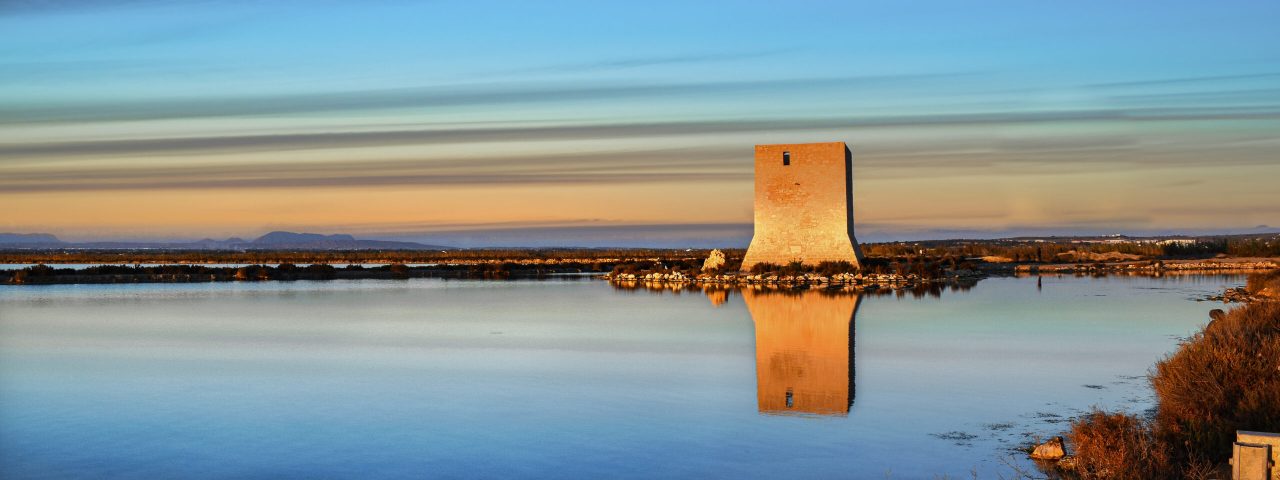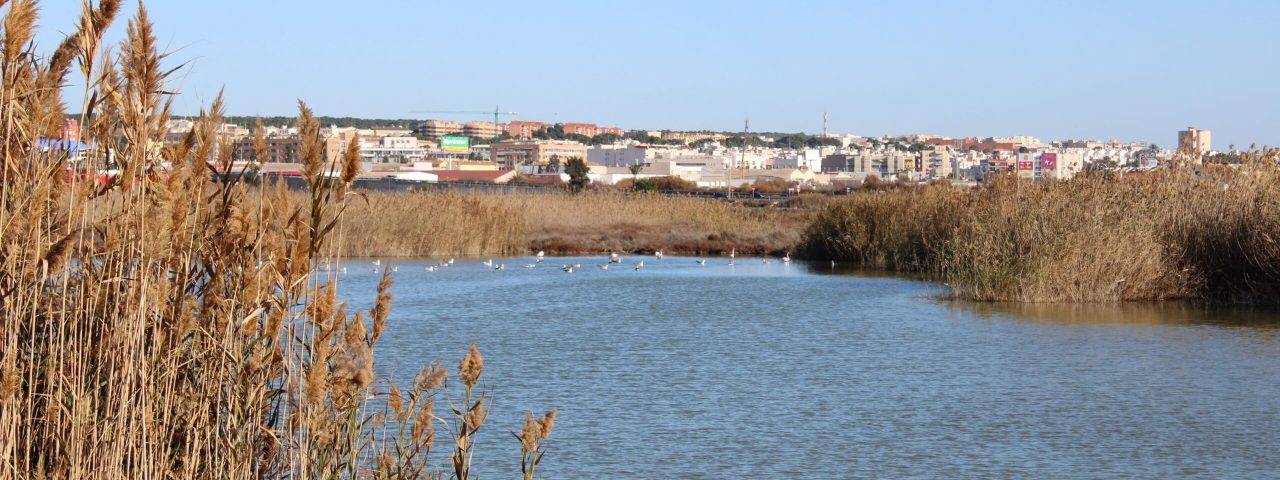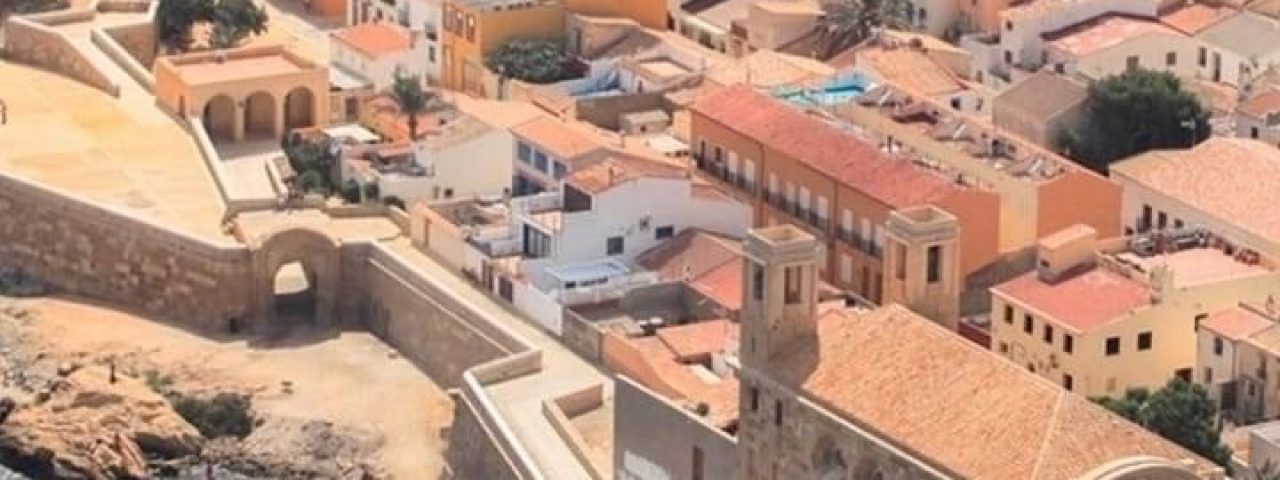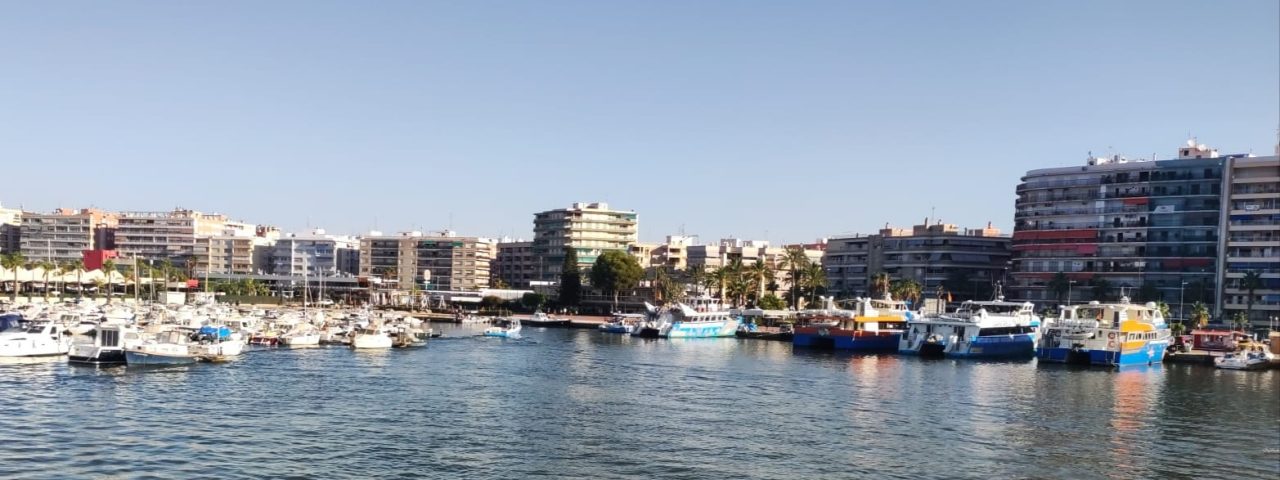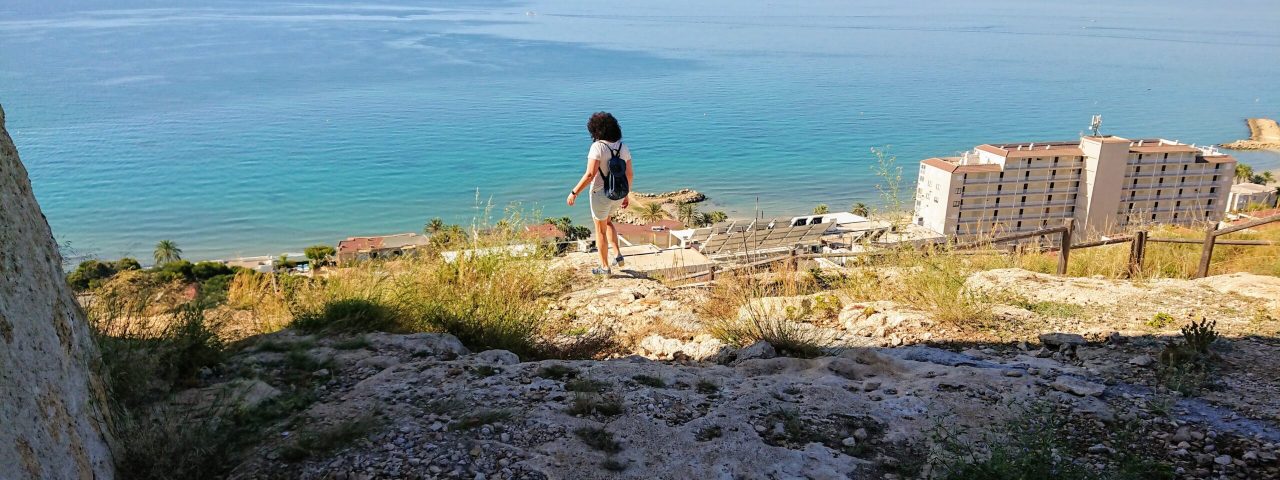Santa Pola’s history is as rich and varied as its landscape. Originally settled by the Iberians, the city saw a significant transformation under Roman rule, when it became an important port known as Portus Illicitanus. Remnants of Roman influence can still be seen today in the ruins of the Roman villa and fish salting factory. Following the fall of the Roman Empire, the city experienced a succession of Moorish and Christian conquests, which shaped its architectural and cultural fabric.
One of Santa Pola’s most famous historical landmarks is the Castillo-Fortaleza, a 16th-century fortress that once protected the city from pirate attacks. Today, it houses a museum and cultural center, hosting exhibitions and events throughout the year. The city’s culture is steeped in maritime traditions, reflected in its festivals such as the Virgen del Carmen, which celebrates the patron saint of sailors. This event, held every July, features a colorful procession of boats along the coast, drawing crowds from near and far.
Local traditions in Santa Pola also highlight its connection to fishing, salt production, and agriculture. The Salinas de Santa Pola, a salt marsh and bird sanctuary, offers a glimpse into the city’s historical salt harvesting industry while providing a haven for wildlife, particularly flamingos.
